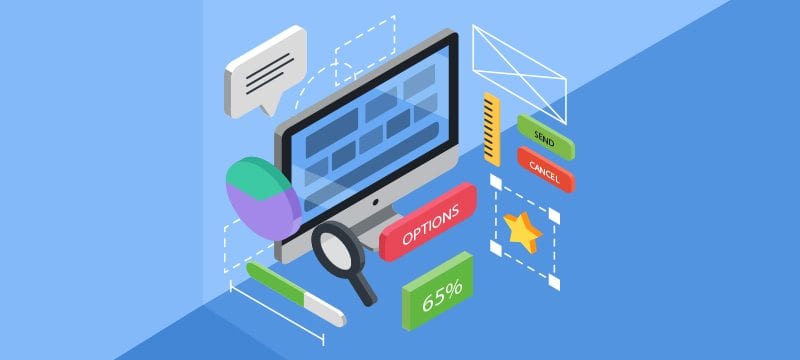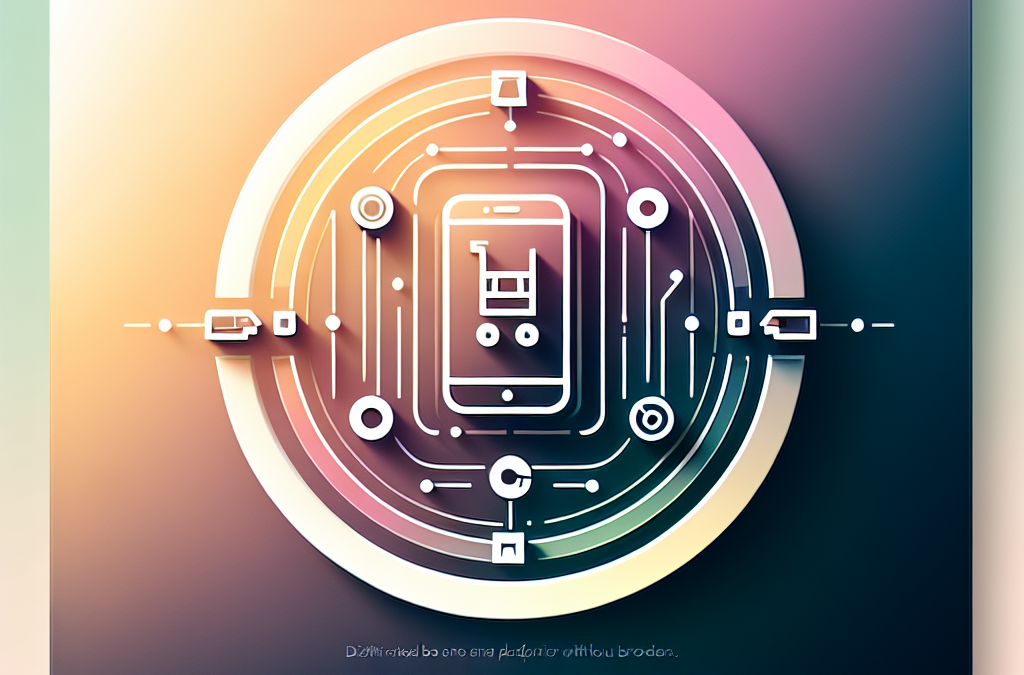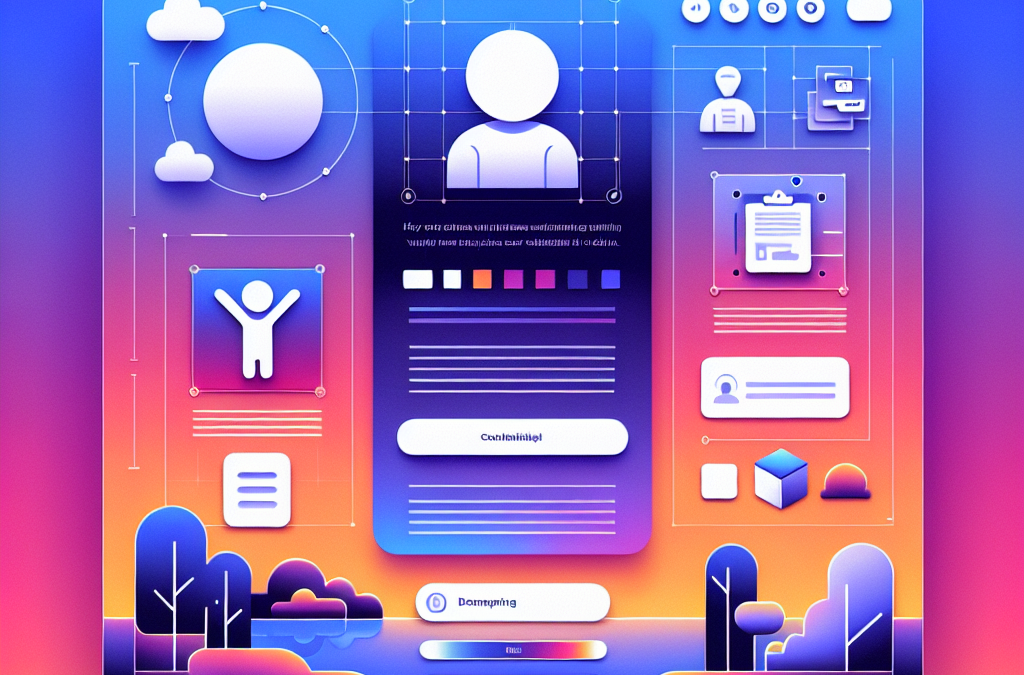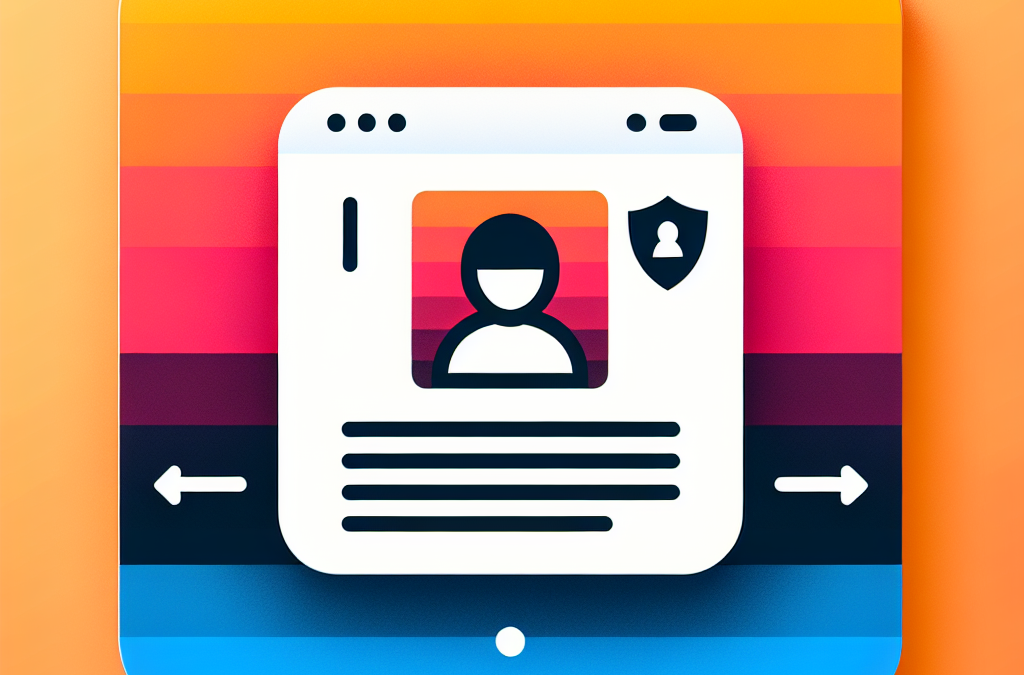[ad_1]
Getting your message to the right prospects presents a challenge. First, your website needs to rank in Google; then you have to entice the user to click on your URL. Most website marketers focus on these two hurdles and forget about the third obstacle. Even if you draw a potential customer to your site, if you don’t provide a good user experience, they won’t stay. You need a web designer that believes in the UX Design Process as an integral part of a web development plan, or you might as well throw your money down a hole.
What is UX Design?
Very simply put, UX Design is the ‘user experience.’ Don Norman of the Norman Nielsen Group defines UX Design as “Everything that touches upon your experience with the product, and it may not even be near the product.”
Watch Don Norman explain the origin of the term “UX” (2 min. video):
Our UX Design Process focuses on meeting the exact needs of your customer. It goes beyond giving your client what they say they want but instead integrates the functionality, marketing, and layout of your site to provide a seamless experience
How Does the UX Design Process Work?
The first item of business is to identify the users who are coming to your site. We look at your primary, secondary, and even tertiary customers. Who are your existing clients and what are the niche markets you hope to reach? Then, we take that information and define your customer profiles.
#1 – Identify your Primary and Secondary Customers
The client profile is a detailed list of facts and details about each user you expect to visit your site. These visitors will probably include both internal and external users. Some companies have several different divisions. For instance, the website for a charitable organization must service donors, event attendees, volunteers, and charity recipients. Each group has a different set of needs that a web planner focusing on UX needs to allow for during the design process.
Without a good UX Design Process, your site won’t flow well or provide the information your user seeks. So, all the marketing effort that went into getting them to your site in the first place is for naught. They will just give up and go elsewhere.
#2 – Know What Your Clients Need
Gathering data for a customer profile takes effort, but once you know how your clients behave, along with their ‘problems,’ you can build a website that fully meets their needs and desires.
The Benefits of Creating Customer Profiles:
- Use them to become more responsive to your client’s needs.
- Increase the return on your investment (ROI) with more targeted marketing efforts.
- Create a deeper connection with your customers, increasing customer loyalty.
What Should You Include in a Customer Profile?
The actual components of a user profile are unique to each company. There are no specific rules, but here is a list of possible topics to include in your customer profile:
- Demographics
- Geographic Location
- Lifestyle/ Business- Style Description
- Psychological Factors
- Purchasing Patterns
The UX Design Process considers the products and services offered by your company and adjusts the data content of your customer profile accordingly. Here are some specific questions your web designer might research before they start laying out your website.
- How do your users spend their time?
- What issues do they face in their lives and businesses?
- With whom do they associate?
- What other products or services do they buy?
- Do they watch movies, television, or stream videos?
- What other kinds of products or services might they use in the same setting as yours?
#3 – The UX Design Process Defines the Buyer’s Journey
After you identify your users, then the UX Design Process focuses on their decision-making process. These steps are the process a client goes through from the initial contact with your company to the desired outcome. This buyer journey could result in a registration, purchase, or a phone call.
The UX Design Process Defines Where Business and User Needs Converge
You must consider both the users’ needs and the companies needs for profitability. For instance, you can have a beautiful, informative website that draws a lot of traffic. However, if you don’t get leads from your website, then what was the point?
The UX Design Process identifies the best way to meet your customer’s needs without sacrificing the ultimate goal of conversion.
#4 – Match the Website Content to the User
After you know your clients and have identified their buyer journey, you need to write website content that solves their problems.
Start by defining the WHAT and then determine HOW you will use your site.
This next element is the practical component of the UX Design Process. Identify the landing pages you need as part of your web design. Do you need e-commerce capabilities? Opt-in Forms? How about an FAQ section? Most websites require more than a basic Homepage and About Us section to meet client needs, yet many web designers never look further than the basics.
#5 – Visual Appeal Plays an Important Role in Website Design
Building a good looking website seems like it should be a clear goal. After all, most people think of the ‘look’ as the web design process. However, there are a lot of websites out there that are cluttered, ugly, or just hard to navigate.
When you visit a website, you should not have to hunt for the information you seek. Clear navigation, simple headlines, and bullet points make the material easy to scan. Statistics show that you have approximately three seconds to engage a visitor once they reach your site. Your graphic design should help them find their information, not hide it.
#6 – Design for Conversion
As stated earlier, the UX Design Process identifies the best way to meet your customer’s needs without sacrificing the ultimate goal of conversion. The user experience is all about getting your visitor to reach the desired destination. If you have not defined that end goal, then you may lose the user along the way.
Every element of your web design needs to focus on that conversion. You could have several micro-steps but there should be an ultimate goal and a clear call-to-action.
Ericks Webs Design offers a Free Mock-Up Offer as one of the micro-steps in our buyer’s journey. As part of our UX Design Process, we know that our clients want and need a beautiful, conversion-focused website. We built our website to provide useful information on how we can meet that need. Because we are aware that our clients want the best return on their investment, we offer a no-risk way for them to ‘try before buying.’ Call us, and let us show you how our UX Design Process can generate leads and improve your conversion rates.
[ad_2]
Design










